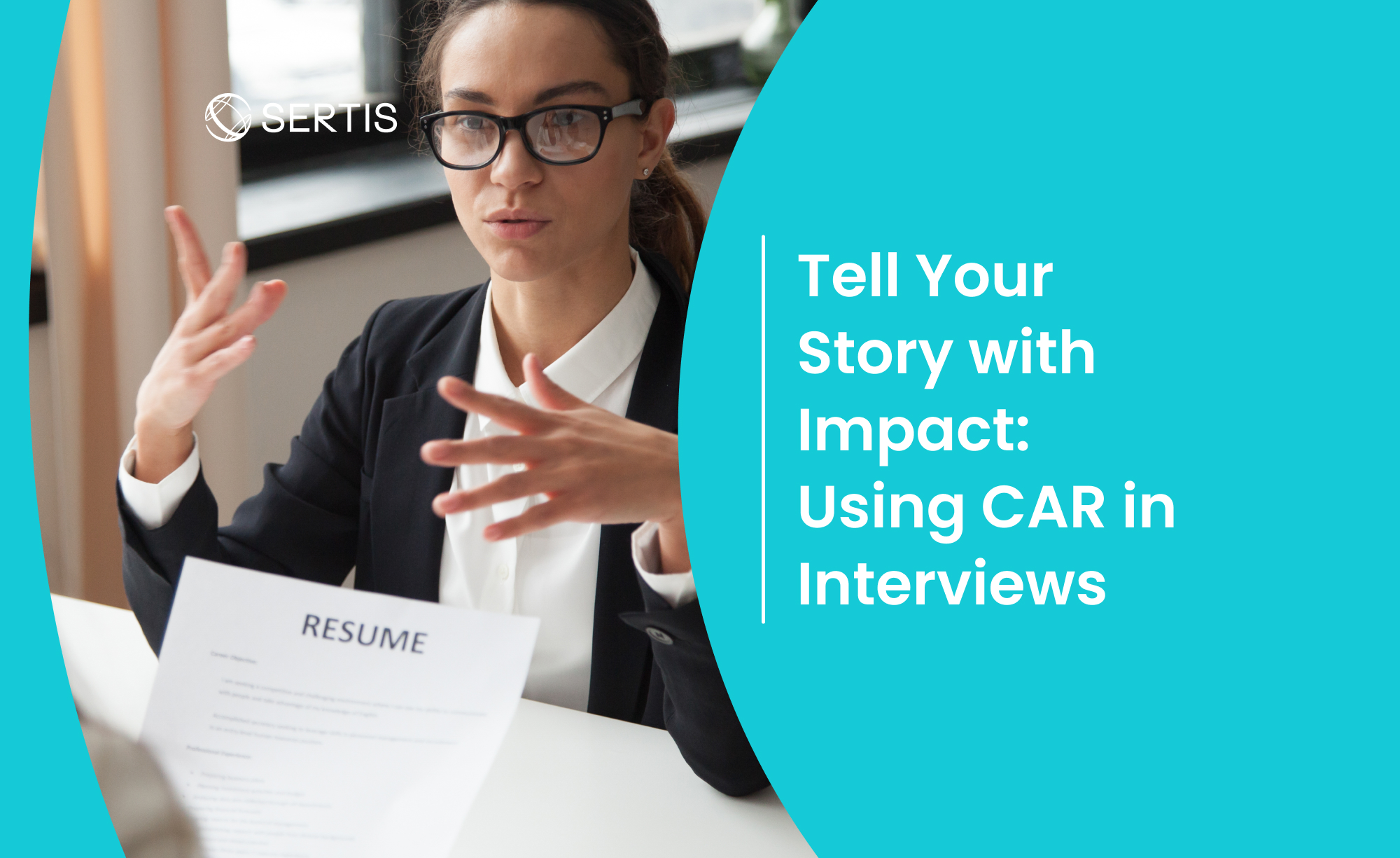Sertis|7th November 2024
A day in the Life of Anji, Sertis’ Passionate AI Researcher


An AI Researcher is one of the hottest roles in AI right now. As the AI field advances daily and new innovations emerge almost every month, we need someone to explore, research, and keep up with these latest developments. This role also involves applying cutting-edge models to benefit the business world.
Today, we're bringing everyone to chat with Anji Jain, a talented AI Researcher at Sertis. Anji is responsible for studying and exploring new possibilities in the AI world, helping drive Sertis' solutions to lead the industry. Let's take a look at what an AI Researcher does and what motivates Anji to pursue growth in this position. Let's dive in!

1. What are the daily tasks of an AI Researcher?
The daily responsibilities of an AI Researcher primarily focus on exploring and building upon existing research and emerging technologies relevant to ongoing projects or research. This involves reviewing the latest publications, identifying trends, and brainstorming applications of research in real-world scenarios.
Additionally, a significant portion of the day is dedicated to collaboration, including one-on-one meetings with team members and strategic discussions in project or research update meetings. Coordinating and collaborating with non-technical teams also plays a crucial role in advancing the outcomes.
2. What does a day in the life of an AI Researcher look like?
8:00 AM - 9:30 AM - Morning Routine
Start the day with a brief morning routine to refresh and mentally prepare for the tasks ahead.
9:30 AM - 10:00 AM - Planning
Spend this time prioritizing tasks, reviewing goals, and setting the agenda for the day.
10:00 AM -12:00 PM - SUM Meetings and Project/Team Catch-ups
Engage in daily meetings, including stand-ups, project discussions, and collaborative sessions with the team.
1:00 PM -7:00 PM - Research or Project Work
Focus on core research activities, experimenting with models, developing algorithms, and diving deep into project work.
7:00 PM onwards - Wind Down Routine
Wrap up for the day, reflect on the progress made, and prepare for the next day.

3. What are the typical tools an AI Researcher uses?
An AI Researcher typically leverages a diverse set of tools and platforms, including:
Research & Development Frameworks: PyTorch, TensorFlow, OpenCV, scikit-learn.
Research Resources & Documentation: ArXiv and ConnectedPapers for literature exploration, Overleaf for collaborative documentation, Mendeley for reference management.
Collaboration & Project Management Tools: Confluence for knowledge sharing, JIRA for task tracking, GitLab for code management, and Miro for brainstorming and visual collaboration.
Cloud Platforms: Google Cloud Platform (GCP) for scalable model deployment and storage solutions.

4. What do you like the most about being an AI Researcher?
What excites me most about being an AI Researcher is the opportunity to explore and contribute to cutting-edge advancements in the field. Research has always been a passion of mine, and being able to push the boundaries of what's possible in AI gives me immense satisfaction. Moreover, applying this research to solve real-world challenges makes my work incredibly fulfilling, as it enables me to leverage AI to create impactful solutions.
5. How do you see yourself in the next 2 years?
In the next two years, I envision deepening my contributions to the field of AI research and expanding its applications to real-world scenarios. I truly believe that AI has the potential to create significant impacts across various domains, and I aspire to explore these possibilities and build impactful solutions.
Written By
Sertis
Copyright © 2025 Sertis Co.,Ltd. - All rights reserved.


